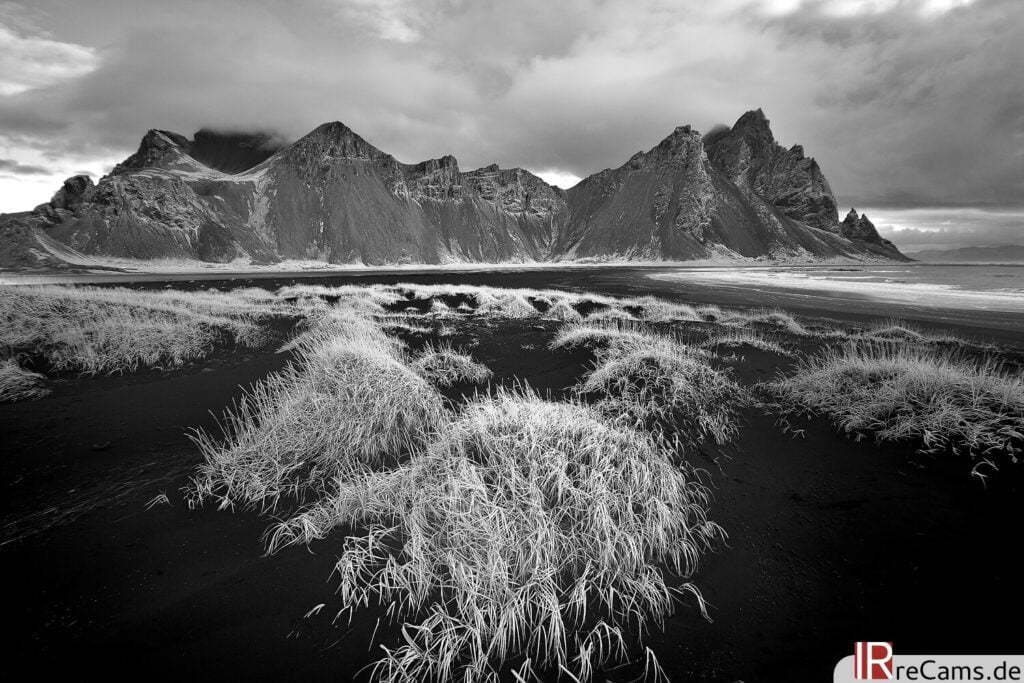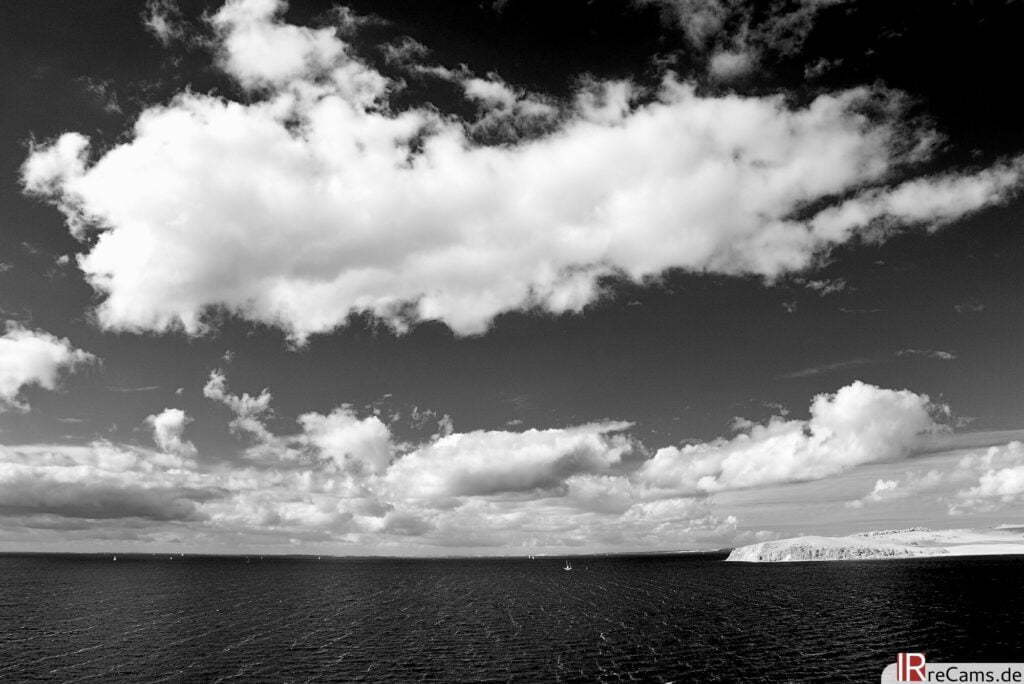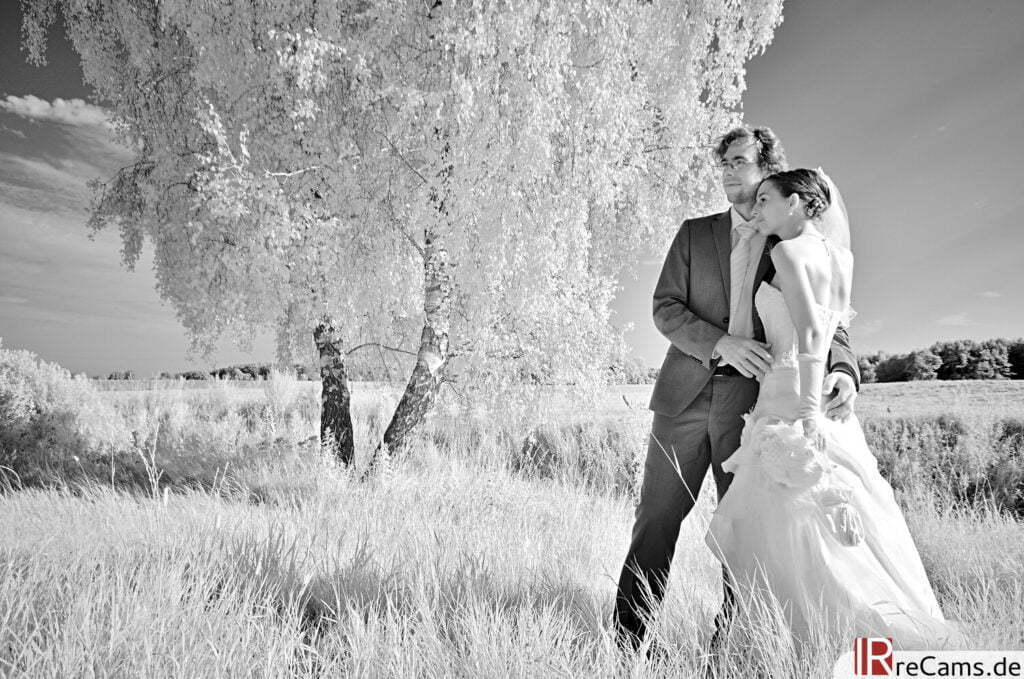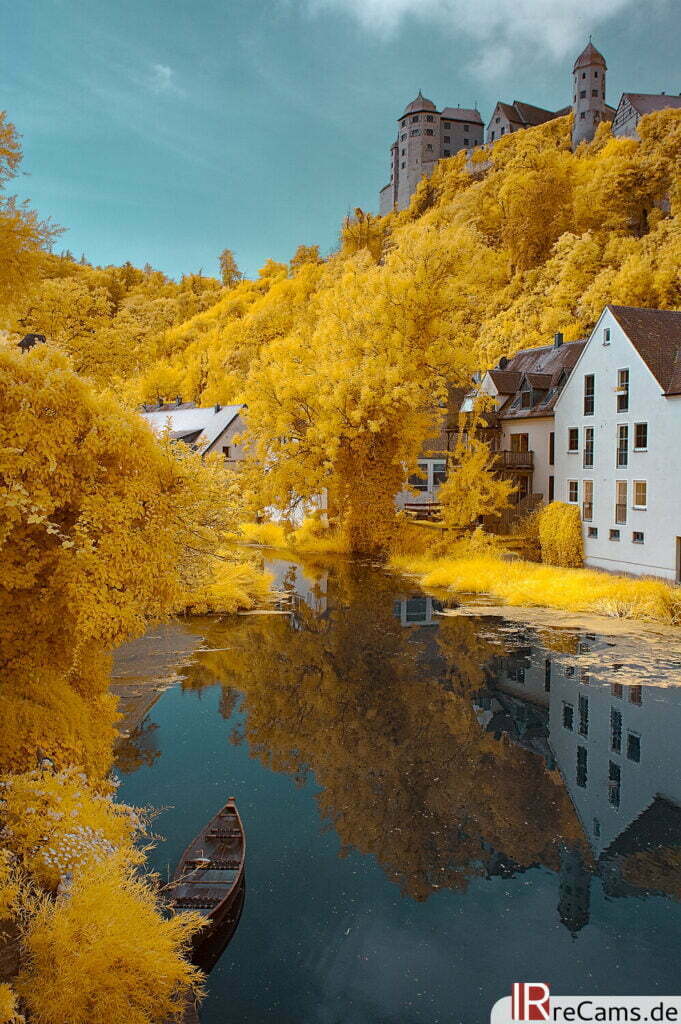Your shopping cart is currently empty!
Infrared Photography
"Infrared photography? I've never heard of that." But you have almost certainly seen it before without knowing that it is infrared photography. Photographing in the infrared range produces an unmistakable "look". Green foliage becomes intensely bright, a blue sky is depicted much darker and the skin tone of people portrayed turns into blue pastel colors. In infrared landscape photography, the motifs gain in contrast and brilliance, not least because infrared images often have a mystical and mysterious effect. But what is photographing the invisible all about?

The spectrum and our eye
The part of the electromagnetic spectrum that we can see with our eyes is very limited. Between approx. 400 nm (violet) to approx. 700 nm (red) wavelength our perception takes place, the rest unfortunately remains hidden. The visible range (also VIS range) is directly followed by the near ultraviolet and infrared range.

Although hardly any differences are to be expected due to the proximity to the visible (VIS) range, the image results prove the opposite. Plants reflect light almost completely in these spectral ranges to avoid overheating and tissue damage (as a result of solar radiation). The result is that living plants are displayed very bright on IR images. This effect cannot be calculated by a filter in post-processing - a green sweater for example would simply be rendered white (what is obviously not true).
In order to make these spectral ranges visible to our eyes, we need a tool. The image sensors of all commercially available digital cameras are generally well suited to capturing the near infrared or UV. It is only the factory condition in which a camera is purchased that makes it extremely difficult or even impossible to photograph infrared. You can find out what options are available for digital infrared photography in the section about conversions.
Effect of infrared images
Capturing the invisible certainly has its very own appeal. Viewed objectively, IR images sometimes show completely different surface textures and the images often gain in brilliance and contrast. Probably the most obvious feature of infrared photography is the bright foliage. In addition to the so-called wood effect, it is noticeable that the sky and water are much darker. Often, especially in combination with fleecy clouds, a very nice contrast can be achieved in the sky.

IR images often appear contrasty, not least because many were taken in the harsh midday light. Nevertheless, shadows and highlights are well defined. Foliage in a landscape acts as a large reflector and ensures that there is enough light even in the shadows of trees. It is easy to create distinctive moods with infrared photography. A familiar landscape shines in a completely new light.
The majority of infrared photographers are active in landscape photography, but of course the application is not limited to this. Anyone who tries their hand at IR portrait photography quickly realizes that human skin takes on a light and soft complexion. This is a popular effect, not only with wedding photographers.

Color infrared images
Photographing infrared does not always mean photographing in black and white. Depending on the filter used, color infrared images can be created with very varied and impressive (false) colors. As soon as not only pure infrared light above 830 nm hits the camera sensor, but also a mixture of wavelengths from the visible spectral range, color information is created in the digital image. This is of course 100 % artificial and has nothing to do with the actual nature of infrared light. Nevertheless, breathtaking moods can be captured with this type of "artifacts".

However, such colors with yellow or even red foliage do not come straight out of the camera, some post-processing is usually necessary. More information on the processing steps can be found on the last page of this guide . With much less post-processing you can reach your goal with the InfraBlue filter.
